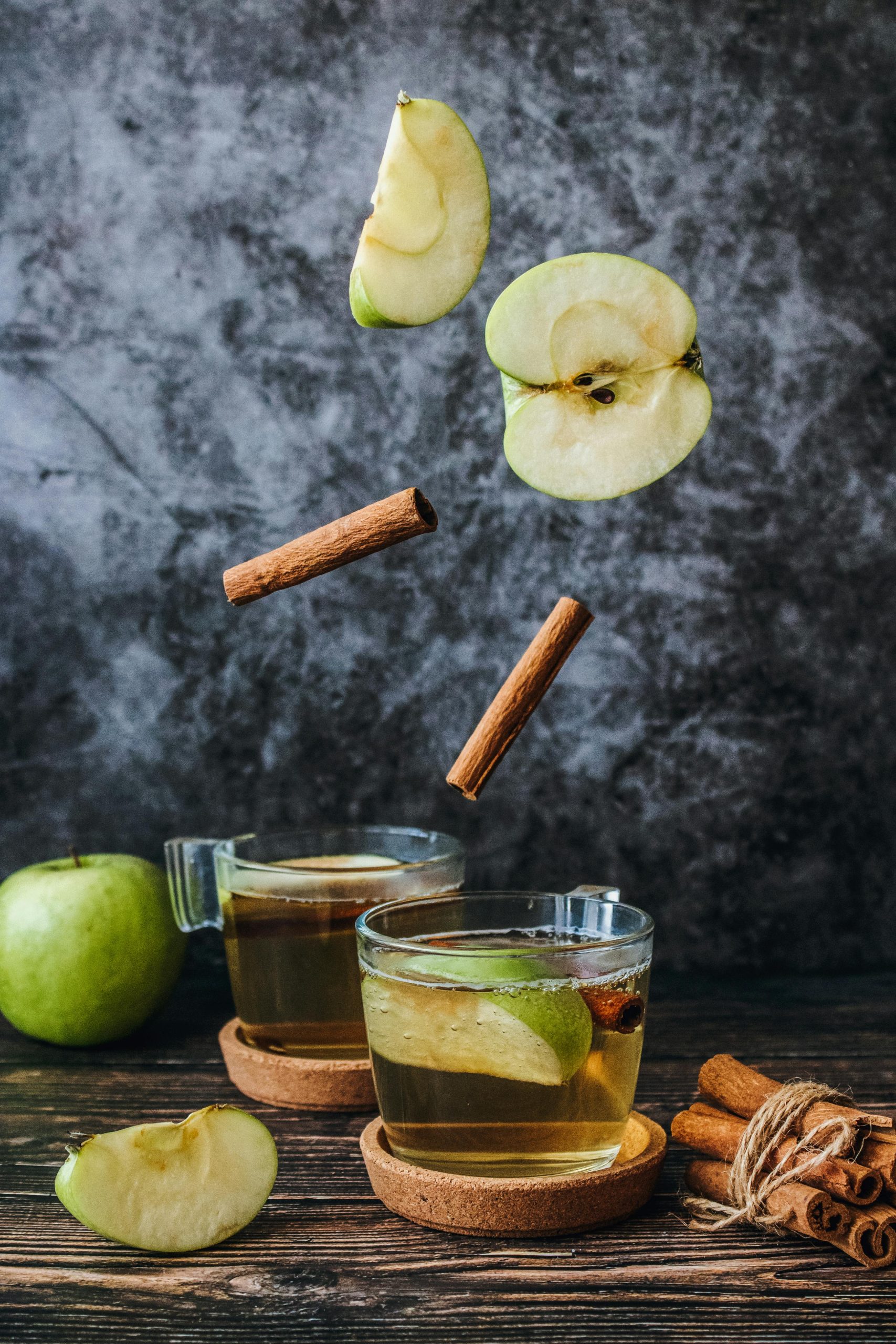

Apple season is here! We know people who draw the line between either liking pumpkin spice of apple cider and my goodness the social media arguments I have seen over those. Before you consume the warm and festive fall favorite you must know the risks of drinking apple cider.
According to the Ogle County Health Department in Illinois, apple cider — which appears murky and golden-colored — does not usually go through pasteurization, a process involving the application of mild heat, to kill potentially harmful bacteria.
Most people’s bodies can fight off a potential foodborne illness, but others aren’t able to. The health department said, “Highly susceptible populations are the most likely to be affected by unpasteurized apple cider.” Those populations include infants, pregnant people, the elderly and others with weaker immune systems.
The U.S. Food and Drug Administration (FDA) says it has received reports of outbreaks of food poisoning that have been traced to drinking fruit and vegetable juice and cider that has not been pasteurized.
Some apple ciders are pasteurized and others aren’t. Not all unpasteurized ciders will cause problems, either. They are just more likely to contain microorganisms that cause food poisoning than pasteurized alternatives.
As mass production and distribution of milk took off back in the 1800s, we started to realize that people were becoming sick from milk borne outbreaks. In 1864, Louis Pasteur developed a method of killing harmful bacteria and extending the shelf life of commonly consumed beverages. While his original intent for pasteurization was to be used for more social cocktails like beer and wine, it was discovered as being equally as helpful with the outbreaks associated with milk. This process was named “pasteurization” after its brilliant designer. Pasteurization involves heating liquids at high temperatures for short amounts of time. Pasteurization kills harmful microbes in milk without affecting the taste or nutritional value (sterilization= all bacteria are destroyed).
Excerpt taken from the Conference for Food Protection addressing the Senate:
“Each year, foodborne diseases sicken an estimated 48 million Americans, killing 3,000 of them. Many of these deaths are preventable. Relying on sound science and proven safety interventions- such as pasteurization- is one way to prevent illness. Prior to pasteurization, milk was a common source of the bacteria that cause tuberculosis, Q fever, diphtheria, severe streptococcal infections, typhoid fever, and other foodborne illnesses. The incidence of disease outbreaks associated with milk has fallen dramatically since pasteurization of milk became widespread. The number of milk-related outbreaks has dropped from nearly 25 percent of all disease outbreaks due to contaminated food and water in 1938 to less than 1 percent of reported outbreaks today. Importantly, of that 1 percent, an overwhelming majority- 70 percent- of outbreaks are linked to raw milk.”
SO now we know what the process is how does this pertain to juice and cider? Pasteurized juices have been heated to high temperatures for a short time in order to kill any bacteria or other microorganisms that may be present. To help consumers identify unpasteurized juice and cider, the Food and Drug Administration requires a warning on juice and cider. All unpasteurized or untreated juice product must contain the following warning on the label: WARNING: This product has not been pasteurized and therefore may contain harmful bacteria that can cause serious illness in children, the elderly and persons with weakened immune systems.
Canned juices, non-refrigerated shelf-stable juice in juice boxes, bottles or cans and frozen concentrate juices are processed to eliminate harmful bacteria. Unpasteurized juice can be found in the refrigerated sections of grocery or health food stores or at cider mills or farm markets.
Look for the warning on the label if you want to make sure you are purchasing pasteurized juices.
Settling the pumpkin spice or apple cider debate is always fun especially when among friends and ordering at beverage restaurants, but at the end of the day the safety of what we consume needs to be the top priority. Keep an eye on Make Food Safe for more fun and entertaining fall theme food safety articles.
Treatment for E. coli infections can sometimes cause more harm than good when it comes…
Bacterial toxins are dangerous chemicals. Mostly because they behave differently than their live makers. They…
Hard boiled eggs are something easy to make, easy to carry and taste pretty good,…
Have you recently dined at Aladdin Mediterranean Café in Clairemont? This San Diego restaurant is…
Guidance for preventing Listeria infection just got an overhaul. Likely due to both recent and…
A two-week long hepatitis A exposure period at Jersey Mike’s in Oceanside, New York has…